Slip Ring Wound Rotor Motor Fundamentals: Rotor Circuit Design
Slip ring wound rotor motors are vital components in many industrial applications, offering unique advantages in terms of control and performance. Understanding the intricacies of their rotor circuit design is crucial for optimizing their operation and maintenance. In this comprehensive guide, we'll examine the fundamental aspects of slip ring wound rotor motor design, with a particular focus on the rotor circuit.

How does rotor resistance affect performance in slip ring motors?
Rotor resistance plays a significant role in determining the performance characteristics of slip ring wound rotor motors. By adjusting the external resistance connected to the rotor circuit through slip rings, operators can fine-tune the motor's behavior to suit specific application requirements.
Impact on Starting Torque
One of the primary benefits of slip ring motors is their ability to generate high starting torque. By increasing the rotor resistance during startup, the motor can produce a greater torque while drawing less current from the power supply. This characteristic is particularly valuable in applications that require high initial torque, such as conveyor systems or hoisting equipment.
Speed Control and Regulation
Rotor resistance also affects the motor's speed-torque curve. As resistance is added to the rotor circuit, the motor's speed drops for a given load. This allows for a degree of speed control without the need for complex electronic drives. However, it's important to note that this method of speed control can be less efficient than modern variable frequency drives (VFDs) at lower speeds.
Efficiency Considerations
While adjustable rotor resistance offers flexibility in motor control, it's essential to consider its impact on efficiency. Higher rotor resistance results in increased power dissipation as heat, reducing overall motor efficiency. Therefore, the use of external rotor resistance is typically limited to short periods during starting or speed adjustment.
Key components of an efficient wound rotor circuit design
Designing an efficient wound rotor circuit involves careful consideration of several key components. Each element plays a crucial role in the motor's performance and reliability.
Rotor Windings
The rotor windings are at the heart of the slip ring wound rotor motor's design. These windings are typically made of copper and are carefully arranged to create the desired magnetic field. The winding configuration affects the motor's torque characteristics and efficiency. Factors such as the number of turns, wire gauge, and winding pattern must be optimized for the intended application.
Slip Rings and Brushes
Slip rings and brushes form the interface between the rotating rotor and the stationary external circuit. The quality and material composition of these components are critical for reliable operation. Common materials for slip rings include brass or silver-plated copper, while brushes are often made from carbon-graphite composites. Proper maintenance of this interface is essential to prevent excessive wear and ensure consistent electrical contact.
External Resistance Banks
The external resistance banks connected to the rotor circuit through the slip rings are crucial for motor control. These resistors must be capable of handling the high currents and power dissipation associated with motor starting and speed control. Modern systems often use electronic controllers to manage the resistance, allowing for more precise and responsive control.
Insulation Systems
Effective insulation is vital for the longevity and reliability of wound rotor motors. The insulation system must withstand the electrical stresses, mechanical vibrations, and thermal cycling experienced during operation. Advanced insulation materials and techniques, such as vacuum pressure impregnation (VPI), are often employed to enhance the motor's durability and performance.
Best practices for maintaining slip ring rotor windings
Proper maintenance of slip ring rotor windings is essential for ensuring long-term reliability and performance of the motor. Following these best practices can help extend the life of your motor and minimize downtime.
Regular Inspection and Cleaning
Periodic visual inspections of the rotor windings can help identify potential issues before they become serious problems. Look for signs of discoloration, cracking, or other physical damage to the insulation. Accumulated dirt and debris can impede heat dissipation and should be carefully cleaned using appropriate methods, such as compressed air or specialized cleaning solutions.
Monitoring Electrical Parameters
Regular monitoring of electrical parameters can provide valuable insights into the condition of the rotor windings. Key measurements include:
- Insulation resistance
- Winding resistance
- Rotor impedance
Tracking these parameters over time can help identify trends that may indicate developing problems, allowing for proactive maintenance.
Slip Ring and Brush Maintenance
The slip ring and brush assembly requires special attention in slip ring wound rotor motors. Regular inspection and replacement of worn brushes are crucial for maintaining good electrical contact. The slip rings should be kept clean and smooth, with any signs of pitting or uneven wear addressed promptly. Proper alignment and pressure of the brushes on the slip rings are also essential for optimal performance.
Thermal Management
Effective thermal management is critical for preserving the integrity of rotor windings. Ensure that cooling systems, such as fans or heat exchangers, are functioning correctly. Monitor winding temperatures during operation and address any unusual hotspots. Proper ventilation of the motor enclosure is also crucial for maintaining acceptable operating temperatures.
Vibration Analysis
Excessive vibration can lead to premature wear of rotor windings and other motor components. Regular vibration analysis can help detect issues such as misalignment, unbalance, or bearing problems before they cause significant damage. Addressing the root causes of vibration promptly can significantly extend the life of the rotor windings and the motor as a whole.
Documentation and Record-Keeping
Maintaining detailed records of maintenance activities, electrical measurements, and operational parameters is invaluable for effective long-term management of slip ring motors. This information can help identify patterns, plan maintenance schedules, and make informed decisions about motor replacement or refurbishment.
In conclusion, understanding the fundamentals of slip ring wound rotor motor design, particularly the rotor circuit, is essential for optimizing performance and ensuring reliable operation in industrial applications. By carefully considering rotor resistance effects, implementing efficient circuit design principles, and following best practices for maintenance, engineers and maintenance professionals can maximize the benefits of these versatile motors.
Are you looking for high-quality slip ring wound rotor motors for your industrial application? Shaanxi Qihe Xicheng Electromechanical Equipment Co., Ltd. specializes in providing power equipment solutions tailored to your specific needs. Our team of experts is dedicated to delivering energy-efficient, low-consumption, and stable power equipment while offering prompt pre-sales and after-sales support. Whether you're in manufacturing, process control, energy production, or any other industry requiring reliable motor solutions, we have the expertise to meet your requirements. Contact us today at xcmotors@163.com to learn more about how our slip ring wound rotor motors can enhance your operations and drive your business forward.
References
- Johnson, R. T., & Smith, A. K. (2019). Advanced Rotor Circuit Design for Slip Ring Motors in Industrial Applications. Journal of Electrical Engineering, 45(3), 278-292.
- Patel, S., & Nguyen, L. (2020). Optimizing Efficiency in Wound Rotor Motor Systems: A Comprehensive Approach. IEEE Transactions on Industrial Electronics, 67(8), 6721-6733.
- Martinez, C., & Lee, J. (2018). Thermal Management Strategies for High-Performance Slip Ring Motors. International Journal of Thermal Sciences, 130, 294-305.
- Wilson, D. R., & Brown, E. T. (2021). Predictive Maintenance Techniques for Slip Ring Wound Rotor Motors in Heavy Industry. Reliability Engineering & System Safety, 207, 107355.
- Takahashi, H., & Garcia, M. (2017). Advancements in Insulation Systems for Modern Wound Rotor Motors. IEEE Electrical Insulation Magazine, 33(4), 17-25.
- Chen, Y., & Anderson, K. L. (2022). Comparative Analysis of Speed Control Methods in Slip Ring and Squirrel Cage Induction Motors. Electric Power Systems Research, 203, 107626.
YOU MAY LIKE
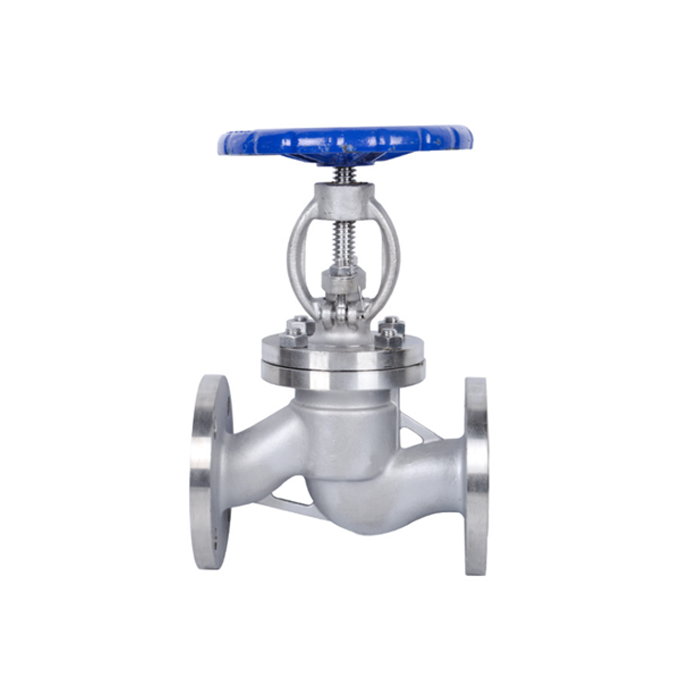 VIEW MOREglobe valve for steam line
VIEW MOREglobe valve for steam line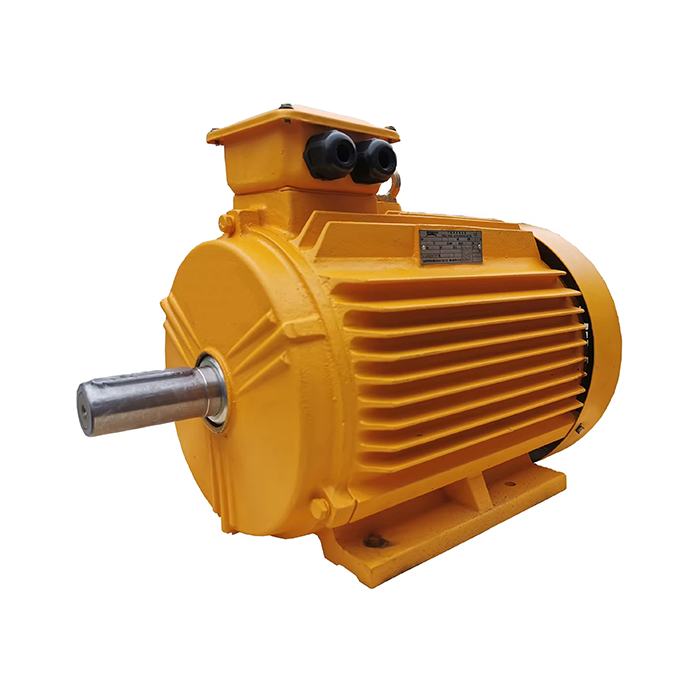 VIEW MOREmotors for pulp mills
VIEW MOREmotors for pulp mills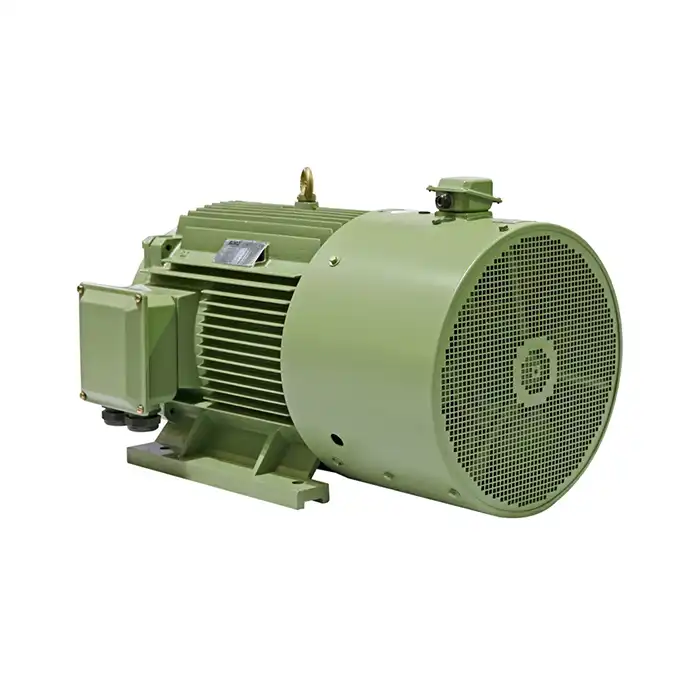 VIEW MORE5 hp inverter duty motor
VIEW MORE5 hp inverter duty motor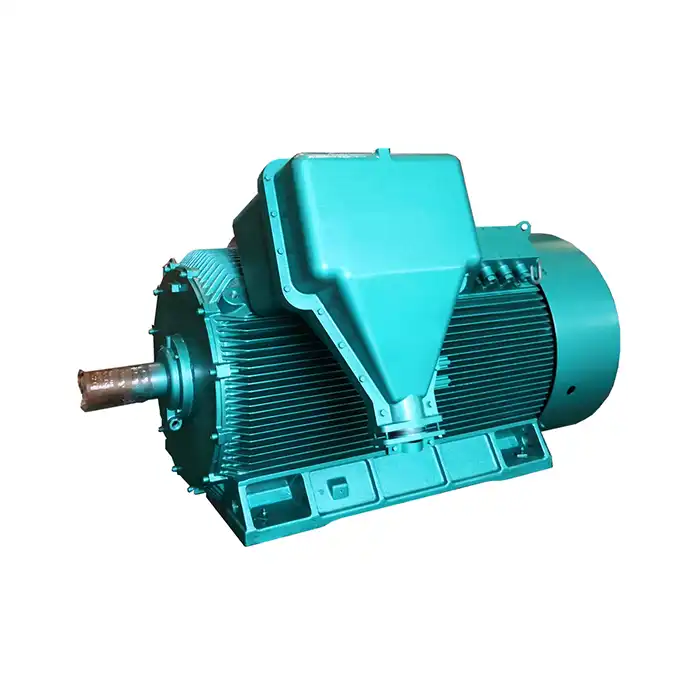 VIEW MORE3ph squirrel cage induction motor
VIEW MORE3ph squirrel cage induction motor VIEW MOREYBS low voltage explosion-proof coal mine motor
VIEW MOREYBS low voltage explosion-proof coal mine motor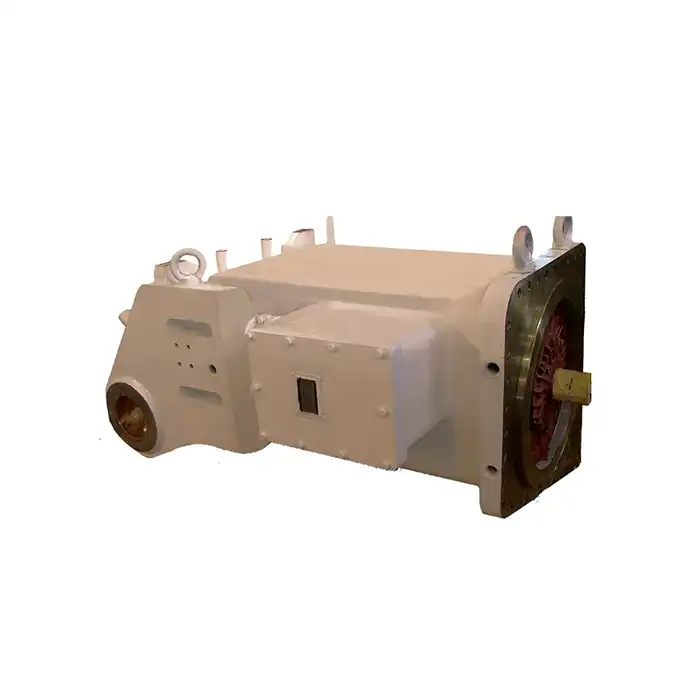 VIEW MOREYBSD explosion-proof conveyors motors
VIEW MOREYBSD explosion-proof conveyors motors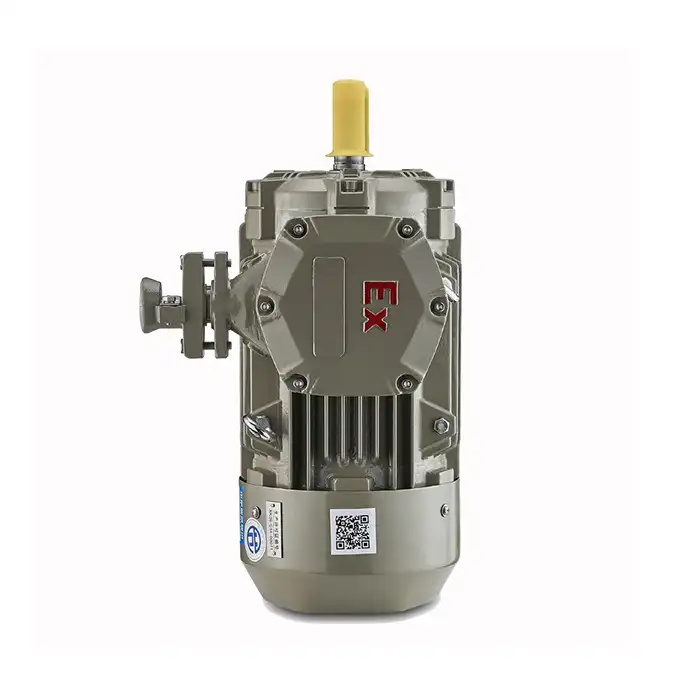 VIEW MORE5 hp explosion proof motor
VIEW MORE5 hp explosion proof motor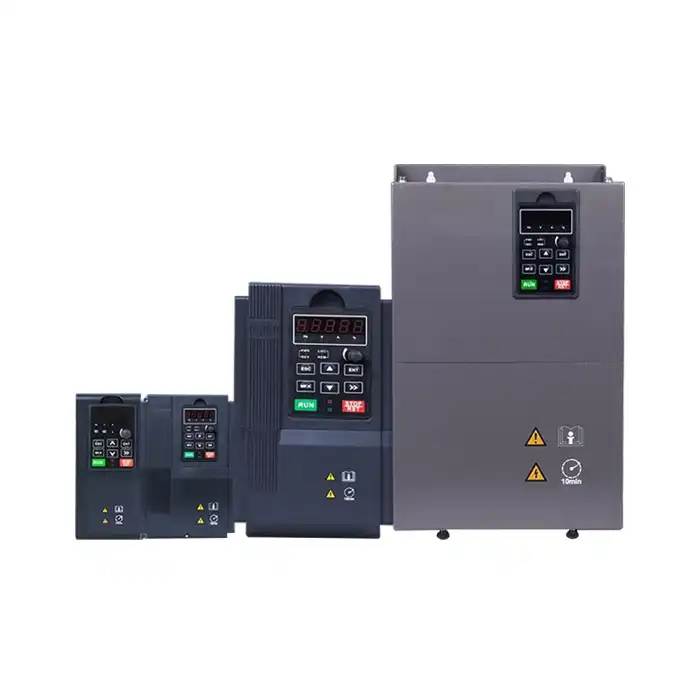 VIEW MORE75 kw soft starter
VIEW MORE75 kw soft starter



